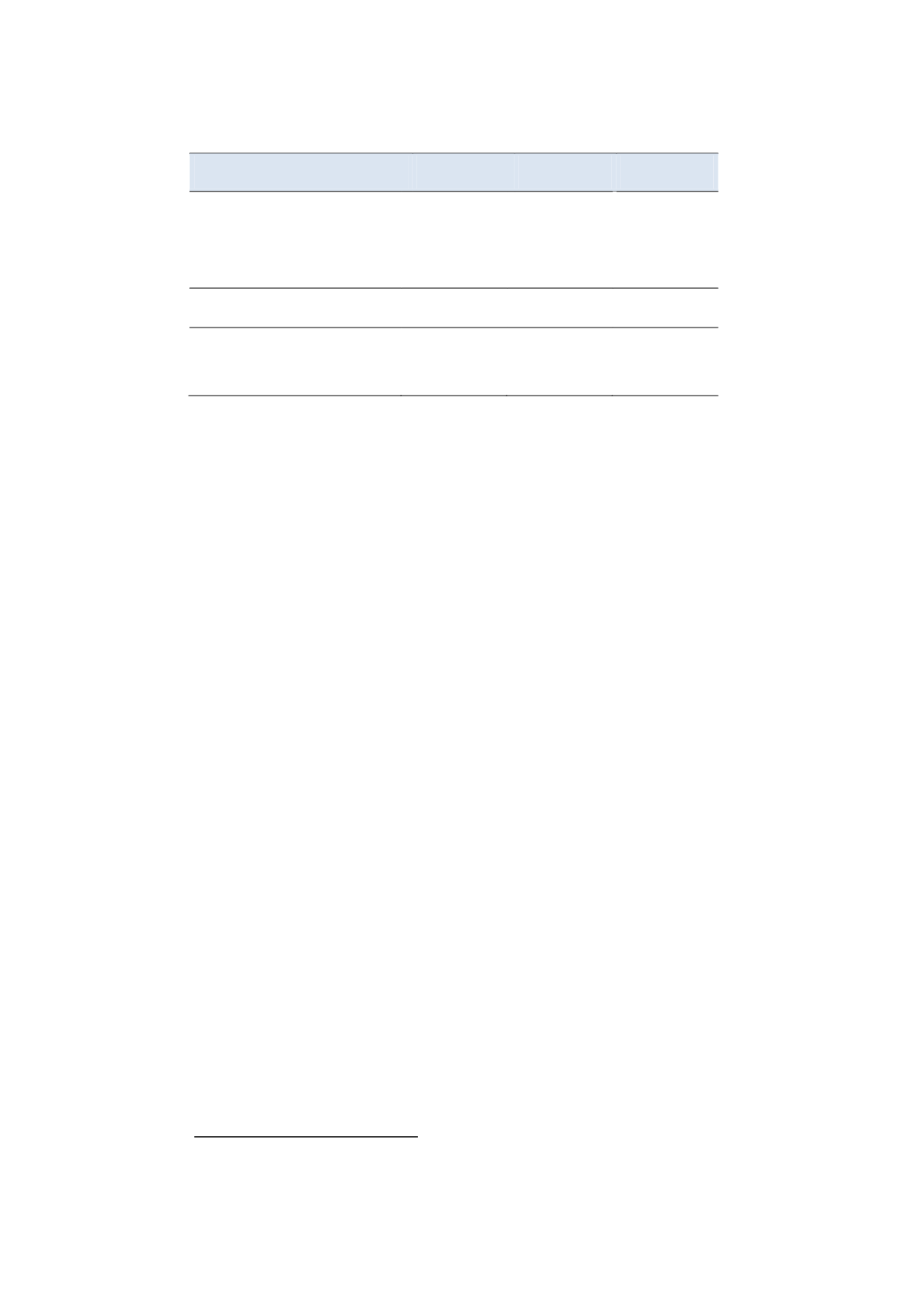
25(40)
Tabell 6.
Tooth extraction vs. Full examination, performed by dental
hygienist.
(1)
(2)
(3)
Interaction: K*competition1km
Elasticity
-0.0171***
-0.0171***
-0.0171***
Standard error
(0.00137)
(0.00298)
(0.00298)
Constant
6.718
6.756
6.663
Clinic FE
No
Yes
Yes
Time dummy
No
No
Yes
0.777
0.864
0.889
adj.
0.777
0.839
0.869
8 054
8 054
8 054
Standard errors in parentheses. Standard errors are clustered at the clinic level and
the pooled model is estimated with a public clinic dummy. All regressions are
weighted with the number of patients at each clinic per year.
*
p
< 0.05,
**
p
< 0.01,
***
p
< 0.001
The results from the analysis using root canal therapy and clinic-made
crowns are given in the appendix. The results are qualitatively similar to
the main results in table 4 and shows that an increase in competition with
1% is followed by a decrease in the price for first-stage services relative
to follow-on services in the range 0.0043% to 0.0057%.
6.3
Policy simulations
The policy relevant effect is (mainly) the
absolute
effect of competition on
prices, rather than the relative effect. In this section, I asses the absolute
effect by performing policy simulations.
Recall that the relative effect,
, is derived from the difference
,
where
is the average effect of competition on prices for services of type
, where
represents the first-stage service.
As discussed above, firms’ compete to attract customers who are in the
first stage. When customers face switching costs, sellers may try to recoup
foregone profits from low prices for first-stage with high prices for the
follow-on services. An interpretation of
and
is therefore that
depends on competition, whereas
is a choice variable for the firm. In
other words, the price for first-stage services is determined by competition
with other firms, whereas the price for the follow-on services is set such
that overall profits are maximized.
28
The parameter
can thus be thought
of as a function of
. This can be expressed in the following simple way:
(7)
If
, the negative effect of competition on prices for first-stage services
is offset by a positive price effect for follow-on services. In other words,
firms increase prices for follow-on services as competition increases. This
would require substantial switching costs, since firms otherwise would lose
follow-on customers to competitors.
28
See Farrell and Klemperer (2007) for a review of the literature on pricing with
switching costs.


